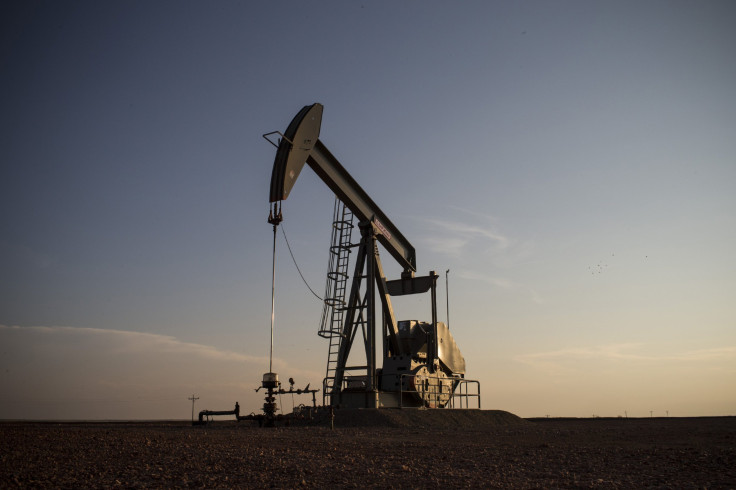Why Oil Could Fall Toward $20 As Global Glut Amplifies Crude Price Slide Driven By China’s Economy

The price of oil fell again Tuesday, dipping below $30 a barrel in a relentless sell-off that has seen the price drop around 20 percent since the start of the year.
Three major banks — Citigroup, Goldman Sachs and Morgan Stanley — have now suggested the oil price could fall even further, to $20 per barrel, and that means it may be time to bury the idea that distress in oil markets is all about the existing slowdown in China, unless of course the slowdown gets worse there.
“Oil in the $20s is possible,” analysts at Morgan Stanley wrote in a research note this week that has ricocheted around the world as emblematic of the times.
For much of 2015, the slowdown in the second-largest economy in the world dominated discussion of lower commodity prices, and not only oil. Iron ore, copper and all the other raw materials that fed China during the “commodity supercycle” turned into pariahs in financial markets. Demand was king.
The supply side of the equation doesn’t offer many hints of change, either.
Political tensions have all but obliterated the chances that the OPEC will seek to reduce the global oil glut. Saudi Arabia, the reigning low-cost producer, won’t cut production without a commitment from non-OPEC member Russia, which needs every dollar it can get. Is Iran likely to play ball at a time that it and Saudi Arabia have cut diplomatic ties over an unrelated issue? It's not impossible, but it's unlikely.
OPEC opened the taps in order to drive out higher-cost producers, notably drillers in the United States that rely on fracking technology. Suhail Al Mazrouei, energy minister of the United Arab Emirates, said at a conference in Abu Dhabi Tuesday that the strategy is working. His evidence? A “major reduction in yearly increase” in production in non-OPEC countries. Put another way, Al Mazrouei is now waiting for production to actually fall.
Whether the shakeout in the United States leads to lower production is another question. One possibility is that fracking technology grinds relentlessly forward, lowering the prices American producers can tolerate. Predictions for the killer price in the United States have fallen over the past few years, suggesting no one really knows when OPEC’s strategy might pan out.

“The U.S. will perfect the fracking technology, and you will have relatively advanced technologies to extract oil,” Robin Niblett, director of Chatham House, a London think tank, said this week. “Oil is not going to be a priced commodity as before.”
Additionally, bankruptcies in the oil patch might not reduce supply. If shale oil companies go into liquidation, their competitors can pick up the assets — the rights to drill — and leave behind what really ails the firms, namely their heavy debt loads from years of investment.
“There’s no reason to be anybody’s savior,” Chad Mabry, a senior energy analyst at FBR & Co., told the Wall Street Journal. “If you can just get the assets out of bankruptcy, then you don’t have to save anyone.”
Adding to the angst in oil markets is the idea that more surprises might be in store in China.
Even if traders have adjusted to the fact that Chinese growth won’t be the 10 percent of yore, and have accepted the government’s target of 6.5 percent, what about more downside surprises?
Currency markets are feeding this fear, Morgan Stanley pointed out. The steady depreciation of China’s currency, the renminbi, will demand the country shell out more for dollar-denominated oil, dampening spending on other things.
Alex Wolf, an emerging markets economist at Standard Life Investments, wrote in a research note that Chinese growth may be closer to 5 percent than the 6.5 percent the government says will be hard to reach.
“If China growth does disappoint, this could drive continued volatility in global markets,” Wolf wrote. “Sluggish growth is priced into markets,” he said, "but a hard landing — which impacts on currency, capital flows, commodities and social stability — is not."
© Copyright IBTimes 2025. All rights reserved.





















